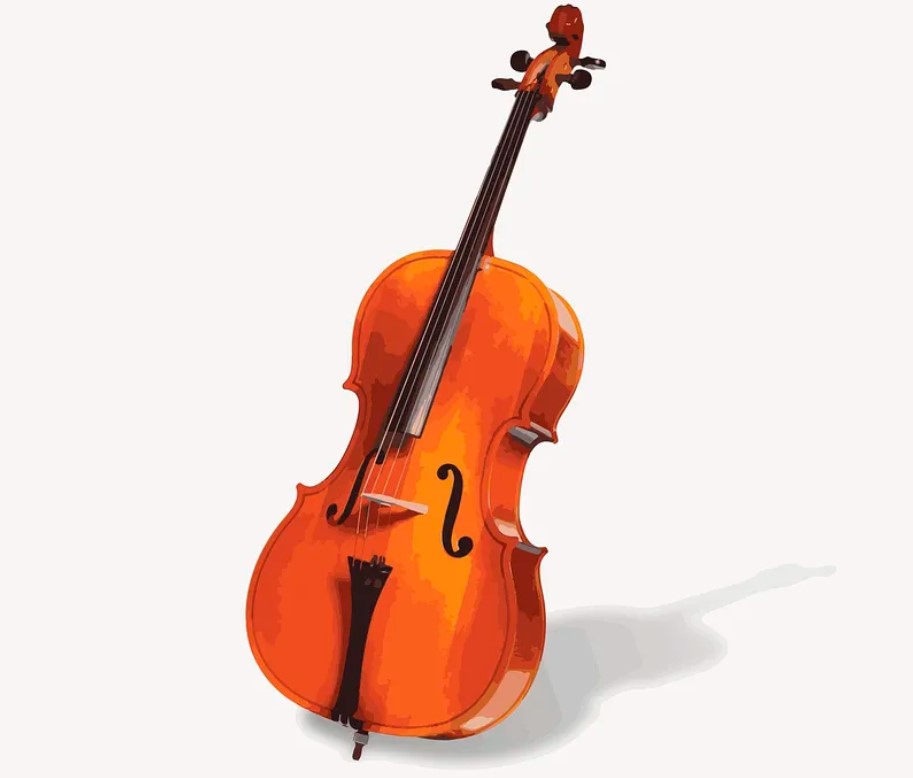The cello has established itself as one of the world’s most popular instruments today. Most orchestras have a variety of cello players in their ranks. The result is that more and more cello enthusiasts are joining the fold every day.
It’s understandable that if you plan to take up the cello as your primary instrument, you would want to learn as much as you can about it.
Considering this, we’ll discuss one of the most frequently asked questions — what is the number of strings on the cello? Naturally, this is an interesting question since most stringed instruments do not share the same amount of strings.
The Number Of Strings In A Cello
Cellos are bass instruments related to violins. Cello playing requires bowing, just like violin playing. There are, however, some people who pluck their strings as well. But Is there a limit to the number of strings?
There are four strings on the cello, arranged from left to right in a C-G-D-A sequence facing the instrument. The strings are typically tuned in perfect fifths, every string being one octave higher than the previous. In other words, a cello will have a C2 followed by a G2 followed by a D3, and then finally, an A3 (in order of low to high).
A cello’s strings produce a wide range of tones, so bass clef music is the most popular instrument. Nevertheless, treble and tenor clefs can sometimes appear in pieces of a higher range. Also worth noting is that the cello’s C is two octaves lower as compared to the middle C on the piano.
In light of this, let’s take a quick look at some cello string facts:
- Among the strings on the cello, the C string has the lowest note alongside being the thickest. A string played as an open note produces a C2 tone with a frequency of approx. 65.41Hz.
- Following the C string, G is the second-lowest string on the cello. In general, 98Hz is the frequency at which the string vibrates when it produces a G2 note as an open note.
- As the second-highest string on the cello, D is the next string. When the D string is played open, a D3 sound will be produced at a pitch of approx—146.8 Hz.
- Last but not least, the A string is the highest string on the cello, which also has the thinnest string. During open notes, the A string emits an A3 tone with a frequency of approx. 220 Hz.
Would you like to know what multi-channel audio recording is? Read our blog to find out.






